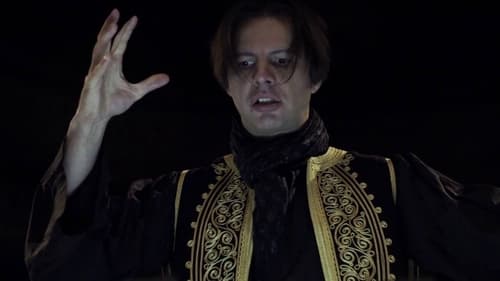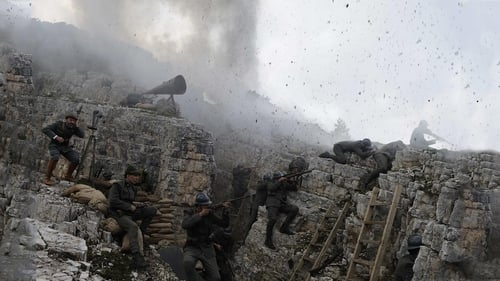
Editor
The 9th Symphony of Ludwig van Beethoven is one of the most popular pieces of classical music in the world. Even those who are not passionate about the classical music recognize the famous Ode to Joy. Despite the grim context in which it was created, the 9th Symphony leaves us fascinated, moved and uplifted by its creativity, its power and its culmination in the Ode to Joy. More than 160 years after it was written, Beethoven’s hymn to brotherhood was adopted by the European Union as its official anthem. But Beethoven’s Ninth is also met with enthusiasm far beyond the borders of Europe. What’s the explanation for its never ending success? What is it about this work of art that fascinates people all over the world?

Editor

Editor
Corona has turned our lives upside down. Everywhere. In Corona Chronicles, people from all around the world document their everyday life during the pandemic with their mobile phones: An Indian construction worker, a Spanish nurse, a Chinese returnee, a bicycle courier in New York, a girl from Afghanistan in the Moria refugee camp – together, from mid-March to mid-April 2020 they are writing a communal, global video diary.

Editor

Editor
The Mexican Maestro Alondra de la Parra has taken the world's concert halls by storm. Born in 1980 in New York, she decided early on she wanted to become a conductor. Her great dream has taken her on a long journey - and it is not over yet, by any means. Alondra de la Parra'a roots are in Mexico - but her orchestras and her audiences are to be found all over the world. Alondra de la Parra is one of those trailblazers who has made history by being appointed the first conductor and music director of the Queensland Symphony Orchestra in 2017. She began playing the piano at age 7 and the cello at 13. After she studied in England and the United States - with mentors such Kurt Masur and Kenneth Kiesler, she founded the Philharmonic Orchestra of the Americas (POA) at age 23 in 2004.

Editor
Lonely and isolated in Australia, Simon, a middle aged Australian man travels to Cambodia searching for love. Once there, Simon begins a fragile self exploration as he is confronted by his sexual desire against his need for love.

Editor
The Three Tenors began their collaboration with a performance at the ancient Baths of Caracalla in Rome, the eve of the 1990 FIFA World Cup Final. Following the big success of the 1990/1994 concerts, The Three Tenors opened a world tour of 31 concerts, the last one in 2003. Seven of these 31 concerts had been recorded for TV but disappeared somewhere in London. All attempts to bring back these invaluable recordings to the audience failed. Now, after all these years, C Major in cooperation with Three Tenors Ltd. managed to assemble the most beautiful moments of six lost concerts in Munich, Tokyo, London, Vienna, New York and Pretoria.

Editor
For many, the Russian city of Perm might seem like the end of the world, isolated in the foothills of the Ural mountains. But it is in this rapidly developing industrial city – which is establishing itself as one of Russia’s modern cultural centers – that the Greek conductor Teodor Currentzis has been quietly revolutionizing classical music with his ensemble musicAeterna. The film follows the recording sessions of Mozart’s Don Giovanni, documenting the artists’ habits and painting a portrait of this exuberant conductor.

Editor
1차 세계 대전이 한창이던 1915년 5월, 오스트리아 소년 ‘안드레아스’는 누나의 결혼식에서 만난 한 이탈리아 소녀에게 첫눈에 반한다. 그녀는 자신의 매형이 된 ‘안젤로’의 여동생 ‘프란체스카’. 두 사람은 첫 만남에 급속도로 서로에게 빠져들지만, 전쟁이 그들이 사는 산골짜기 마을에까지 덮치며 원치 않는 이별을 하게 된다. 한편, 전쟁 소식이 전해진 직후 아슬아슬하게 마을을 빠져 나간 안젤로는 이탈리아군에 징집돼 오스트리아군과 맞서게 된다. 그러던 중 소대를 이끄는 ‘니콜라’ 대위가 세운 오스트리아인 전멸 계획에 대해 알게 되면서 산 아래에 두고 온 가족 걱정에 발을 동동 구른다. 죽을 각오로 오스트리아군의 진영을 찾아 간 안젤로는 그들의 계획을 오스트리아군에 알리고, 안드레아스와 안젤로는 사랑하는 이들을 구하기 위해 목숨을 걸고 골짜기 아래로 내려가는데...






